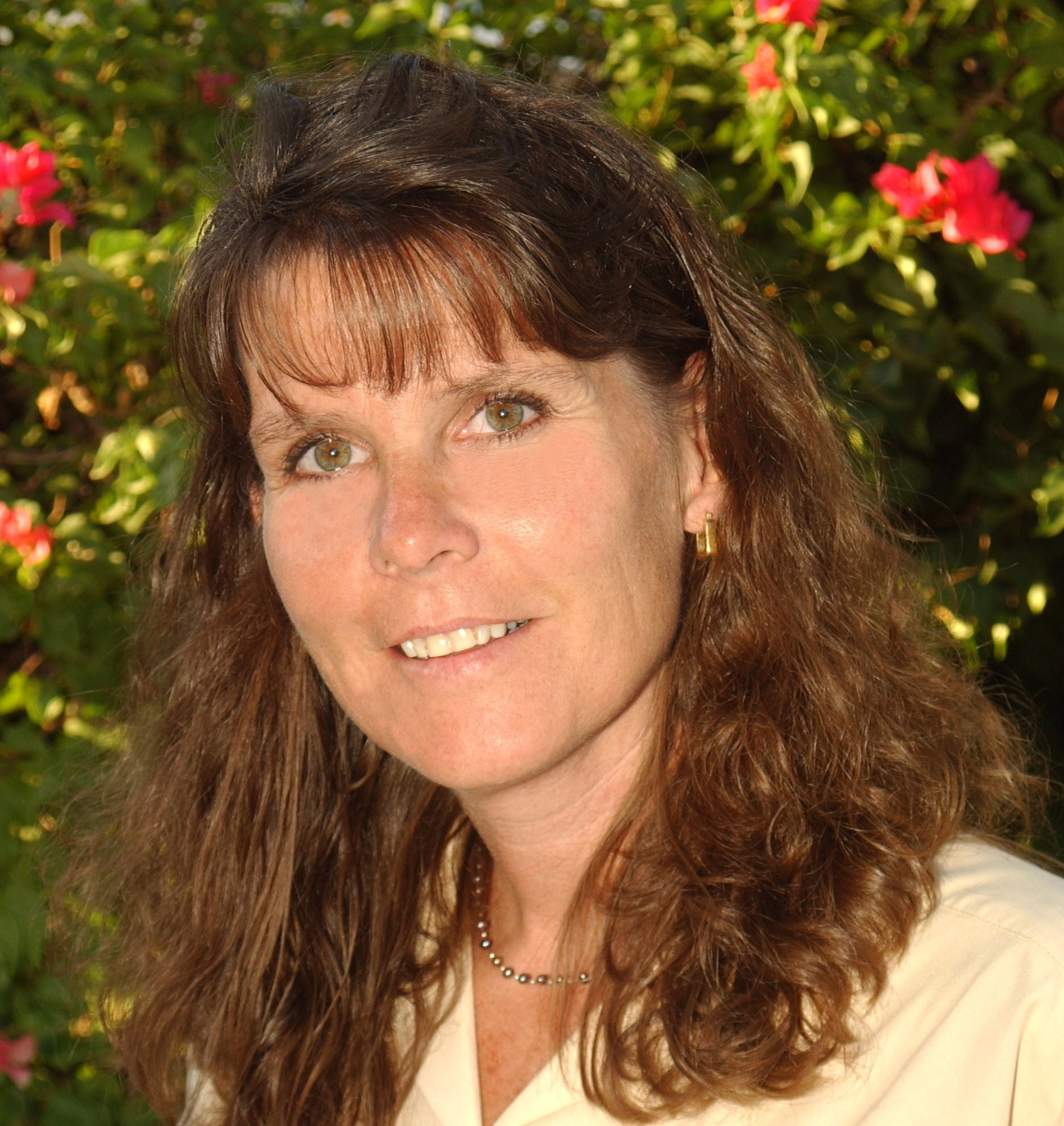Amanda Ormond
February 26, 2012
Now that many coal plants in the West are nearing the end of their intended life, utilities and regulators are faced with a critical choice: Do we sink hundreds of millions into existing coal plants so they can meet health standards or do we invest those funds in the transition to cleaner, cost-effective electricity systems using the West’s abundant solar, wind, geothermal and energy efficiency resources?
Before we make such large, long-term investments, we need to look decades into the future to consider what services and technologies consumers will want and how best to build our energy infrastructure to meet those needs.
This was the weighty topic of the January Southwest Renewable Energy Institute Curbing Carbon Forum in Phoenix, which explored technical and policy implications of a transition from coal to clean energy.
By virtue of their ability to provide low cost-energy, coal plants have been the powerhouses of the electric system. Less than a decade ago, more than 20 new coal plants were being proposed throughout the West. But today, the focus has changed. Plummeting costs for solar, stable-priced energy from wind farms, and new sources of natural gas have been game changers. Nationally, in 2000 52 percent of electricity was generated by coal; by 2010 that number had declined to 45 percent.
Speakers at the Curbing Carbon Forum provided some compelling views of our potential future and the opportunities for the state and the region.
The U.S. military is leading in the energy transition with its focus on “super energy efficiency” and self-sufficiency by taking military bases off the grid using renewable energy.
Nationally, energy use could be slashed by 40 percent to 60 percent through highly cost-effective efficiency investments. This would generate up to 2 million jobs while saving…the equivalent of about $2,600 per household annually, according to a report unveiled at the event.
Tomorrow’s energy will be increasingly supplied by cleaner, smaller and more flexible distributed energy systems. This will require modernization of the wires and meters that serve our homes and businesses.
Opportunities abound for utilities and businesses in the clean energy economy, but new business models and regulatory frameworks are needed to accommodate changes in the electricity system.
One message was clear at the forum: transition is happening and is inevitable. This transition can create new jobs and other economic opportunities.
In our state, the 37,000 clean energy jobs are a growing driver of the state’s economy, with each job producing approximately $13,500 in exports to other states and countries. In difficult economic times, Arizona’s bounty of clean energy resources has provided a rare bit of good news for the state, while enhancing our communities and environment.
Most importantly, voter support is extremely high for a transition to clean energy. In a recent poll, a majority of Arizonans said that having more affordable electricity is not worth the pollution caused by coal-burning power plants. They indicated that replacing coal with renewable energy sources would create new jobs in Arizona and more than four out of five residents said it is time to start.
In the closing panel of the forum, former Corporation Commission Chairwoman Kris Mayes reminded the audience how far Arizona has come in increasing its use of clean energy and building that economic engine. We can thank today’s state leaders including Gov. Jan Brewer, Arizona corporation commissioners, utility executives, local government officials and businesses. Going forward, federal appointees, and especially Interior Secretary Ken Salazar, need to support the transition as they balance the department’s obligations to preserve our national parks, improve public health and support Native American communities.
As we look forward, we need to continue fleshing out a beneficial transition plan that will maximize economic and environmental opportunities while providing context for decisions on individual plants and investments. Our elected officials must understand that transition is the trend nationally, and in Arizona the public overwhelmingly supports the transition toward clean, solar energy.
Prospects abound for a state so abundantly blessed with clean energy. We need to be bold enough to seize this opportunity.
— Amanda Ormond is an energy consultant and board member of the Southwest Renewable Energy Institute.


Comments are closed